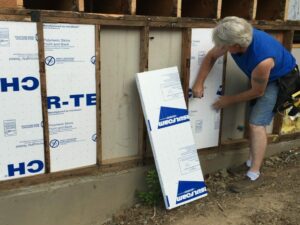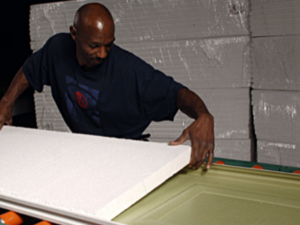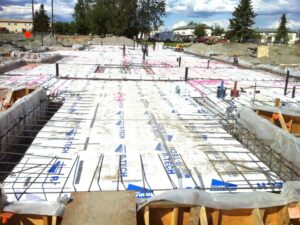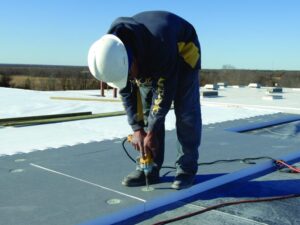Originally posted on Buildings.com, Buildings Buzz
Everyone instinctively knows that when you go outside on a cold day, you must zip your coat to stay warm. It doesn’t matter how thick the coat is, if it’s left open, your body heat will leak out. The same is true with building insulation – no matter its R-value (thermal performance), if insulation isn’t continuous throughout the building envelope like a zipped coat, heat will escape – wasting energy and money.
To help ensure well-insulated buildings, since 2012 the International Energy Conservation Code (IECC) has required continuous insulation (CI) in the building envelope. The 2012 IECC prescribes how much insulation is required for each of the 8 U.S. climate zones, for various types of above grade walls, below grade walls, roofs and floors.
In addition to enhancing a building’s energy efficiency, CI helps reduce moisture damage in the building envelope by lowering condensation within the envelope assembly resulting from vapor diffusion.
Read more in Making Sense of Continuous Insulation about:
- Types of rigid foam insulation
- Common building envelope applications for each rigid foam insulation type
- Saving on CI labor and material costs





